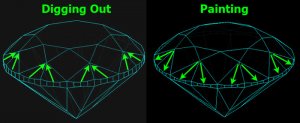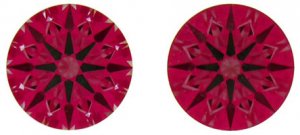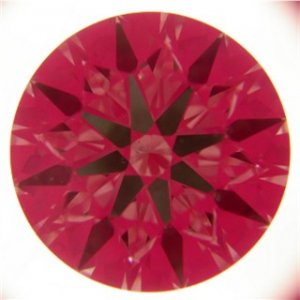- Joined
- Apr 30, 2005
- Messages
- 33,275
I read John Q''s thread about this painted and dug in girdles:
https://www.pricescope.com/community/threads/girdle-treatments-cheated-girdles-tweaked-girdles-digging-painting.36102/=
I''m confused.
Why does the direction of polishing matter?
Is diamond like wood, with grain?
If so, since a round diamond is round they have to polish facets over the full 360 degrees.
So wouldn''t it be a wash?
And why would direction of polish result in different crown angles anyway?
You could polish away more or less regardless of direction of polish or grain.
And couldn''t they polish any facet to any angle?
https://www.pricescope.com/community/threads/girdle-treatments-cheated-girdles-tweaked-girdles-digging-painting.36102/=
I''m confused.
Why does the direction of polishing matter?
Is diamond like wood, with grain?
If so, since a round diamond is round they have to polish facets over the full 360 degrees.
So wouldn''t it be a wash?
And why would direction of polish result in different crown angles anyway?
You could polish away more or less regardless of direction of polish or grain.
And couldn''t they polish any facet to any angle?














300x240.png)